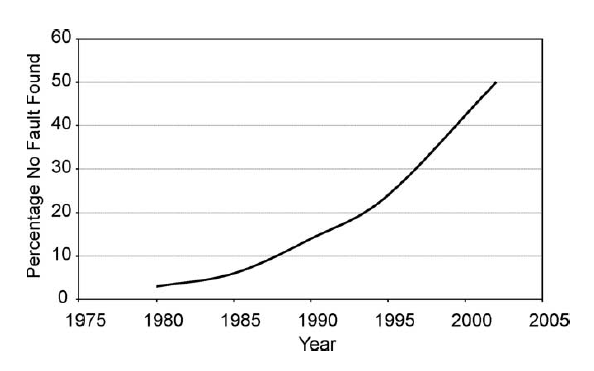One of the reasons why Twitter works so well is its high information density, enforced by the 140 character limit. All the information is immediately visible in your stream. There is no need to read a subject line and then click through to the content, as with email. In fact, there’s very little clicking required at all — only scrolling. Sure, you can click on a link or a photo if you’re motivated to do so, but only if you believe what you’ll find at the other end of the link is going to be interesting to you. Otherwise, all you have to do is just keep scrolling.
Instagram’s core strength relied on a similar principle. It was just photos you could scroll through. Nothing more, nothing less. You could open Instagram for 10 seconds and check what’s new, or for 10 minutes and get lost in the universe of people’s lives. And you always knew what you were going to get: an endless stream of photos. Just keep scrolling.
Well, not any more. This week, co-founder Kevin Systrom introduced the addition of video content on Instagram, saying:
Some moments, however, need more than a static image to come to life. Until now these stories have been missing from Instagram.
Just like that, Instagram gave up their biggest strength: the simple consistency of giving users exactly what they expect every time they open the app. Now there’s no way to tell if you’re going to see a photo or a video. When you do happen upon a video, you have to stop scrolling and wait for it to load. And if you happen to check Instagram during a meeting and forget to turn the sound off… well, awkward.
This is such a change in direction from the company Kevin Systrom described in 2010 in an answer to the question What is the genesis of Instagram? (my emphasis added):
We decided that if we were going to build a company, we wanted to focus on being really good at one thing. We saw mobile photos as an awesome opportunity to try out some new ideas. We spent 1 week prototyping a version that focused solely on photos. It was pretty awful. So we went back to creating a native version of Burbn. We actually got an entire version of Burbn done as an iPhone app, but it felt cluttered, and overrun with features. It was really difficult to decide to start from scratch, but we went out on a limb, and basically cut everything in the Burbn app except for its photo, comment, and like capabilities. What remained was Instagram.
They wanted to be really good at one thing… The first version was cluttered and overrun with features… They basically cut everything, and what remained was Instagram… Until this week. Suddenly, the app is cluttered and overrun with features again.
The introduction of video on Instagram is clearly a move to compete with Vine, the 6-second video service from Twitter. What’s ironic is that chasing after competitor features is exactly how the photo service Hipstamatic lost their own battle against Instagram. From No Filter: How Instagram Caused Hipstamatic To Lose Focus And Gamble On Social:
For a startup that prides itself on the originality and creativity of its users, Hipstamatic spent much of 2012 chasing many other companies’ ideas. “I can honestly say that there was a lot of talk about Instagram, Path, and social,” [Hipstamatic CEO Lucas] Buick says of his company’s internal discussions. “Ultimately, that’s what shifted our focus away from who we really are.”
Only time will tell if Instagram’s introduction of video represents a similar mistake. But it’s worth noting that they have now introduced a significant amount of what Kris Gale calls complexity cost:
Complexity cost is the debt you accrue by complicating features or technology in order to solve problems. An application that does twenty things is more difficult to refactor than an application that does one thing, so changes to its code will take longer. Sometimes complexity is a necessary cost, but only organizations that fully internalize the concept can hope to prevent runaway spending in this area.
I still love Instagram, but I worry that it’s just the latest example of our obsession to add as many features as possible to products out of fear of losing traction. Instead of lateral shifts into additional functionality, I’d like to see more companies double down on the features they already have, and continuously improve the experience around those features.


